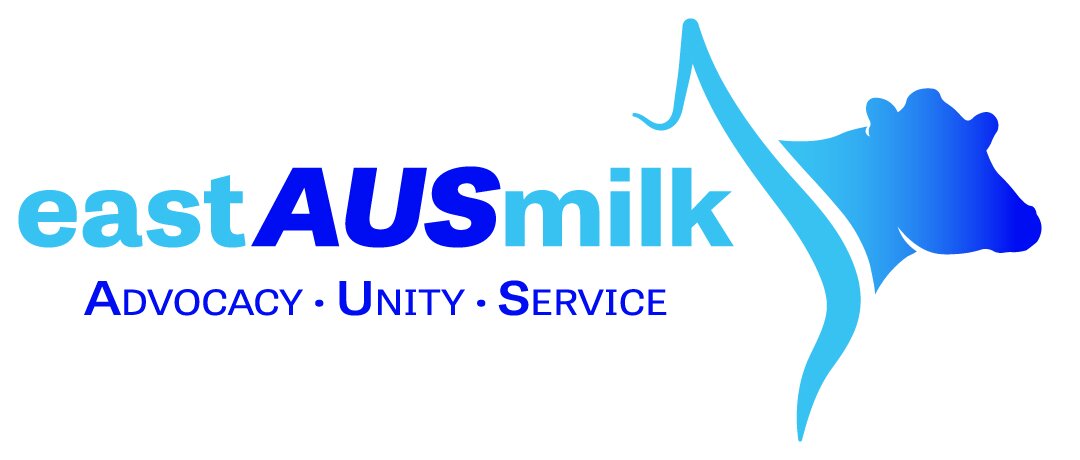Low-cost systems to manage flood and wet conditions
Ex-tropical cyclone Alfred brought along a significant amount of rain and as the wet weather continued over the month, we are seeing more and more farmers look to options to flood proof their businesses. Capital investment such as compost or free stall barns are at the top of the list to improve cow comfort and prevent health issues such as footrot, lameness and mastitis.
Early in March, eastAUSMilk brought 29 dairy farmers from Queensland through the Dairy Farmers Technology Uptake Program and 7 from New South Wales funded by eastAUSmilk to Finley, New South Wales. The tour focused on different dairy systems and technologies on farms, majority of farms showcased either dry lot systems or composting and free stall barns.
Housing cows improves cow comfort especially during poor weather; however these capital investments are at a high cost. Most farms on the east coast are still recovering from cyclones and severe floods where a large capital expense is not feasible at this point of time.
We were fortunate to have several guest speakers present at each dinner one of which included owner of Narrawilly Dairy, Rob Miller from Milton, NSW. He presented on the benefits of a feed pad and a low-cost opportunity utilising coal and clean landfill waste as an alternative for farmers who aren’t ready to invest in a barn but are looking for a temporary solution in the interim. eastAUSmilk has profiled Rob’s feed pad before, however with the current weather events and his presentation at Finley, refreshing this cost-effective construction may provide benefit to some.
The biggest driver behind Rob’s decision was massive above average rainfall, research into cost outlay and readily available resources (BHP coal/blast furnace waste and & knockdown & rebuild houses (bricks/tiles)) at a low price point resulting in minimal spending for maximum benefits.
The construction uses the concrete, brick and tile waste as the foundations followed by the coal and blast furnace waste for the top layer that is rolled and compacted to finalise the feed pad. The rock base is important in stabilising the foundations of the feed pad, reducing the risk of erosion and foundational failures.
It was great hearing about Rob’s decision-making processors with key insights looking at strategic investments for the dairy business, assessing whether an asset will appreciate or depreciate. This mindset has allowed him to seek alternatives to achieve the benefits of a feed pad whilst minimising the overall cost.
Jade Chan, Project Manager - eastAUSmilk

